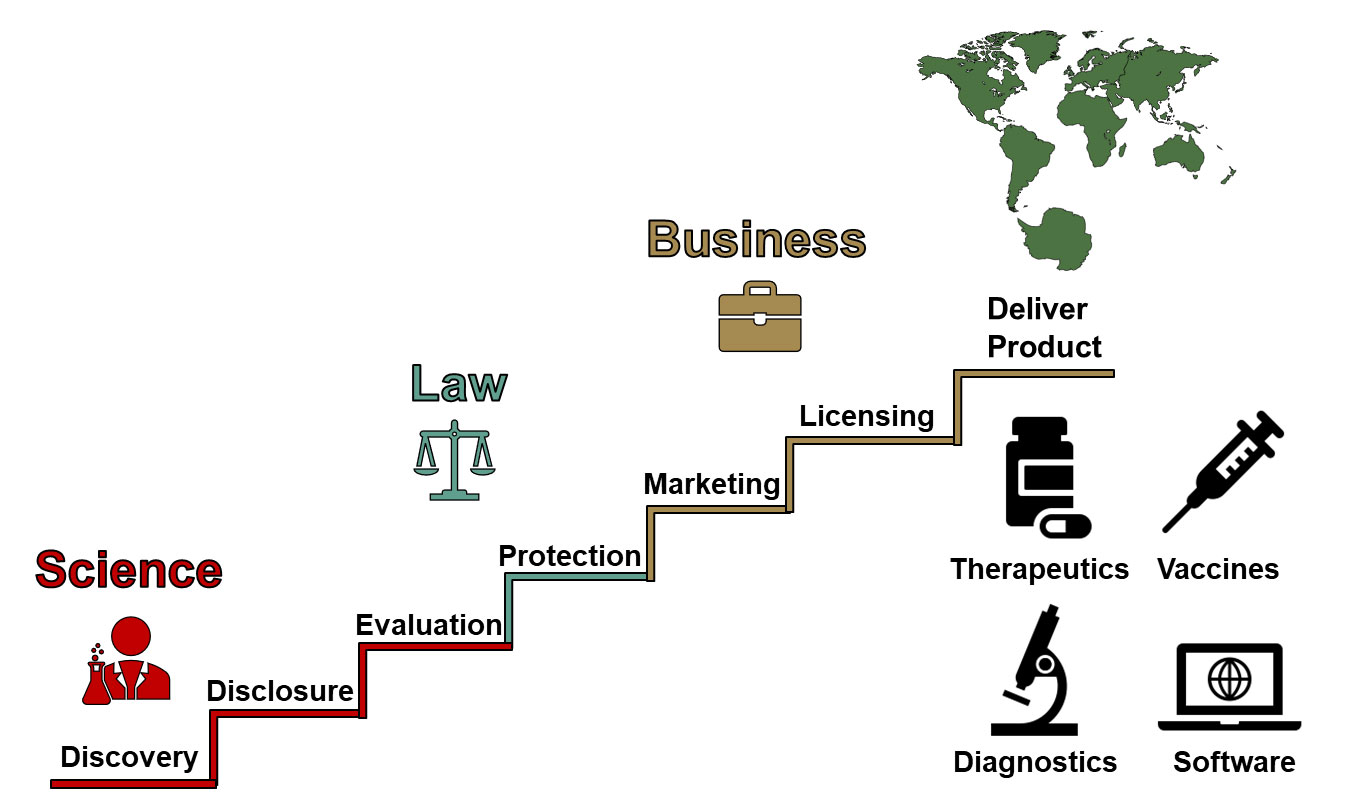Deployment of Carrier Strike Group Twelve: Advancing Sustainable Development Goals through Naval Operations
The Carrier Strike Group Twelve (CSG 12) has deployed as an integrated naval force to support economic prosperity, national security, and national defense. This deployment aligns with several Sustainable Development Goals (SDGs), including SDG 8 (Decent Work and Economic Growth), SDG 16 (Peace, Justice, and Strong Institutions), and SDG 17 (Partnerships for the Goals), by promoting stability and security essential for sustainable development.
Mission and Capabilities
Rear Adm. Paul Lanzilotta, commander of Carrier Strike Group Twelve, emphasized the group’s readiness and adaptability: “Carrier Strike Group Twelve is the most capable, adaptable, and lethal naval mission package in the world. Our force stands prepared and ready to execute sustained, multi-domain operations at sea, wherever and whenever tasked, in support of American security and economic prosperity.”
Deploying Units
- Flagship: USS Gerald R. Ford (CVN 78), commanded by Capt. Dave Skarosi
- Carrier Air Wing 8 (CVW 8): Nine squadrons commanded by Capt. David Dartez
- Destroyer Squadron 2 (DESRON 2): Arleigh Burke-class destroyers commanded by Capt. Mark Lawrence
- USS Winston S. Churchill (DDG 81): Homeported at Naval Station Mayport, commanded by Capt. Judson Mallory
Leadership and Crew Commitment
Capt. Dave Skarosi, commanding officer of USS Gerald R. Ford, expressed pride in the crew’s preparation and resilience: “I am beyond proud of the work the warfighters on this ship have put in to prepare for this deployment, and thankful for the families and friends who continue to support them. I have no doubt that this ship and crew will face and overcome any challenges with overwhelming force and fortitude, showcasing the power and lethality of the Ford-class carrier to the world.”
Additional Naval Assets
- Guided-missile destroyers of DESRON 2:
- USS Mitscher (DDG 57)
- USS Mahan (DDG 72)
- USS Bainbridge (DDG 96)
- USS Forrest Sherman (DDG 98) – deployed from Naval Station Norfolk on May 6, 2025
Carrier Air Wing 8 Squadrons Embarked on USS Gerald R. Ford
- Strike Fighter Squadron (VFA) 37, “Ragin’ Bulls”
- Strike Fighter Squadron (VFA) 213, “Blacklions”
- Strike Fighter Squadron (VFA) 31, “Tomcatters”
- Strike Fighter Squadron (VFA) 87, “Golden Warriors”
- Electronic Attack Squadron (VAQ) 142, “Gray Wolves”
- Airborne Command and Control Squadron (VAW) 124, “Bear Aces”
- Helicopter Sea Combat Squadron (HSC) 9, “Tridents”
- Helicopter Maritime Strike Squadron (HSM) 70, “Spartans”
- Detachment from Fleet Logistics Support Squadron (VRC) 40, “Rawhides”
Strategic Importance and Contribution to SDGs
The Gerald R. Ford Carrier Strike Group enhances the capacity of combatant commanders and U.S. civilian leaders to:
- Support American security and economic prosperity (SDG 8)
- Deter adversaries and maintain peace and stability (SDG 16)
- Project power globally through sustained maritime operations (SDG 17)
These efforts contribute to creating a secure environment that fosters sustainable economic growth and international cooperation, key elements of the United Nations Sustainable Development Goals.
Additional Resources and Social Media
- More information on the Gerald R. Ford Carrier Strike Group: https://www.c2f.usff.navy.mil/csg12/
- More information on USS Gerald R. Ford (CVN 78): https://www.airlant.usff.navy.mil/cvn78/
- Follow on Facebook:
- Follow on Instagram: @cvn78_grford
1. Sustainable Development Goals (SDGs) Addressed or Connected
- SDG 8: Decent Work and Economic Growth
- The article emphasizes support for economic prosperity through naval deployment.
- SDG 16: Peace, Justice, and Strong Institutions
- Focus on national security, deterrence of adversaries, and projection of power to maintain peace and security.
- SDG 9: Industry, Innovation, and Infrastructure
- Deployment of advanced naval technology such as the Gerald R. Ford-class carrier and guided-missile destroyers reflects innovation and infrastructure development.
2. Specific Targets Under Those SDGs
- SDG 8: Decent Work and Economic Growth
- Target 8.1: Sustain per capita economic growth in accordance with national circumstances.
- Target 8.2: Achieve higher levels of economic productivity through diversification, technological upgrading, and innovation.
- SDG 16: Peace, Justice, and Strong Institutions
- Target 16.1: Significantly reduce all forms of violence and related death rates everywhere.
- Target 16.6: Develop effective, accountable, and transparent institutions at all levels.
- SDG 9: Industry, Innovation, and Infrastructure
- Target 9.2: Promote inclusive and sustainable industrialization and, by 2030, significantly raise industry’s share of employment and gross domestic product.
- Target 9.5: Enhance scientific research, upgrade the technological capabilities of industrial sectors.
3. Indicators Mentioned or Implied to Measure Progress
- For SDG 8
- Indicator 8.1.1: Annual growth rate of real GDP per capita.
- Indicator 8.2.1: Annual growth rate of real GDP per employed person.
- For SDG 16
- Indicator 16.1.1: Number of victims of intentional homicide per 100,000 population, by sex and age.
- Indicator 16.6.1: Primary government expenditures as a proportion of original approved budget, by sector.
- For SDG 9
- Indicator 9.2.1: Manufacturing value added as a proportion of GDP and per capita.
- Indicator 9.5.1: Research and development expenditure as a proportion of GDP.
- Implied Indicators
- Operational readiness and deployment capacity of naval forces as a proxy for national security effectiveness.
- Technological advancement measured by deployment of advanced naval vessels like the Gerald R. Ford-class carrier.
4. Table of SDGs, Targets, and Indicators
| SDGs | Targets | Indicators |
|---|---|---|
| SDG 8: Decent Work and Economic Growth |
|
|
| SDG 16: Peace, Justice, and Strong Institutions |
|
|
| SDG 9: Industry, Innovation, and Infrastructure |
|
|
Source: navy.mil







